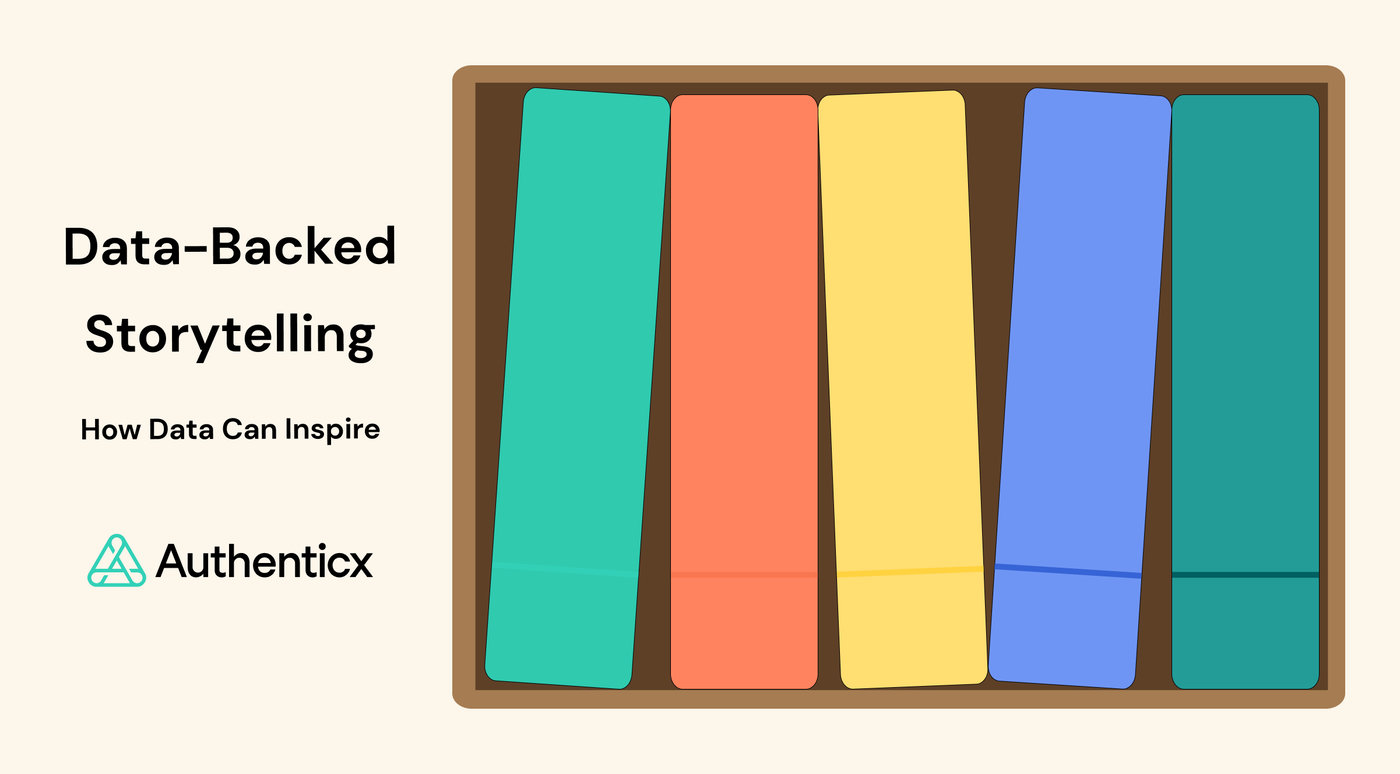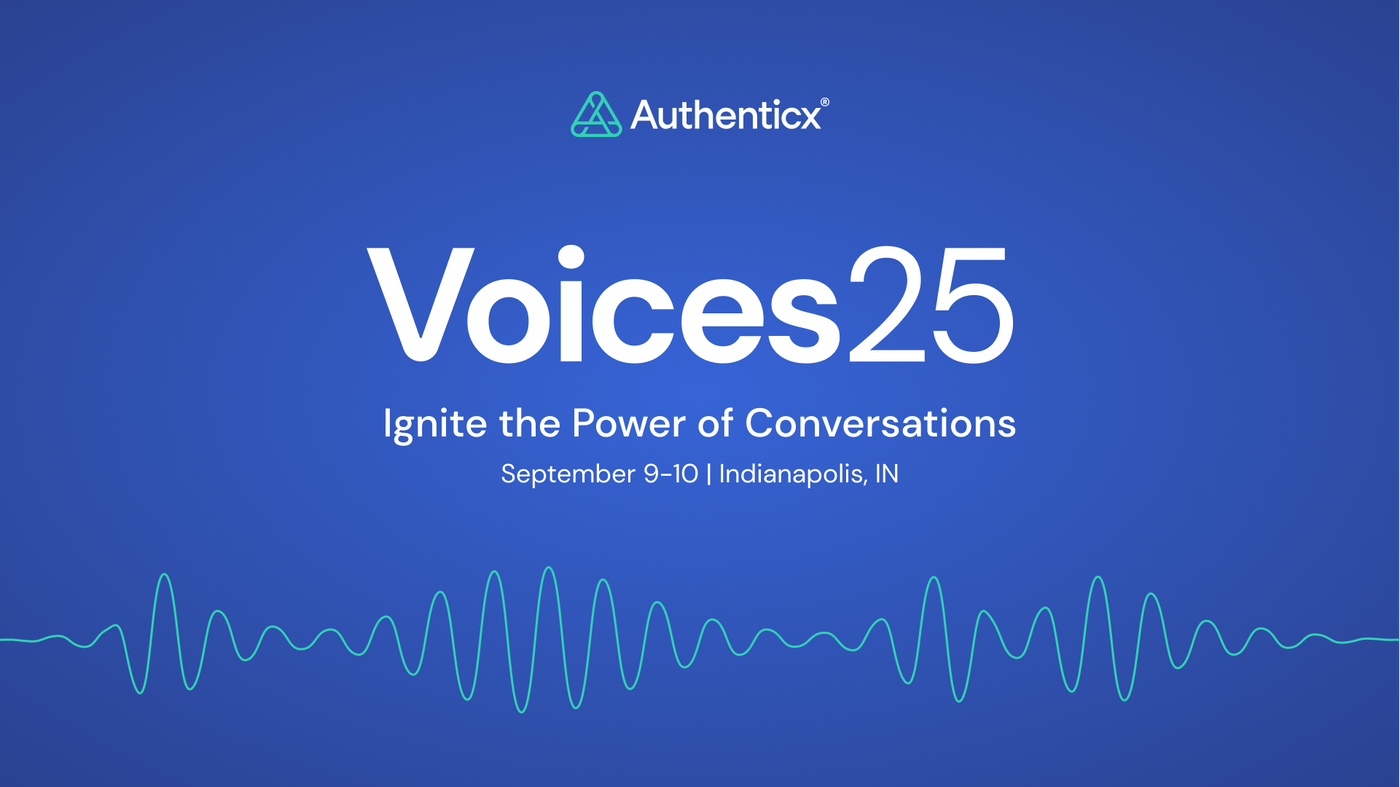
Just because data storytelling contains numbers, doesn’t mean it is uninspiring. In fact, data points can be inspiring when told through a story structure and when four key elements of a story are present: setting, characters, object of desire, and obstacles.
The best data-backed stories contain characters who may be imaginable as individuals OR as large groups of people. In either case, characters are conveyed as real humans whom audiences are made to care about because:
- They want something with which we can identify
- They face challenges in getting what they want, with which we sympathize
Through those characters and their challenges, numbers become inspiring.
Read the three Data-Backed Storytelling Tips below to learn more about how to talk about important statistical data points using story elements and story structure.
Four simple elements to ensure a compelling story.
Question: How do you know that you’re in “storytelling” mode as opposed to general “presentation of information” mode?
Answer: When these four simple elements are present, you know you’re in storytelling mode.
- Setting – Stories, both macro and micro, ground the audience in a setting of time and place. This could be the date range for the data being examined in a macro story to the date and location of a specific customer in a micro story.
- Characters – Stories, both macro and micro, contain characters. In macro stories, the characters might be the population represented in the data or the population impacted by the measures in the data. In micro stories, the characters are specific individuals who represent the larger data population.
- Object of Desire – Stories must have an element that drives passion and motive from which to draw inspiration, progress, and measurement. The characters in both macro and micro stories must want something. Whether it’s a company or organizational goal or the desires of the people they serve, the stories are driven by a desire for characters to have or achieve something.
- Obstacles – Stories are compelling if the characters face some sort of challenge in their effort to obtain what they desire. Macro and micro stories can be used to focus a story on pain points that prohibit characters from obtaining their object of desire.
Data-backed presentations without these elements are just presentations of data, not stories that move people to action. The next time you go to tell a data-backed story, ask yourself:
- Have I grounded my data in a time and place?
- Are the characters represented by the data points (or who wants to influence those data points) vivid?
- Is it clear what those characters most desire?
- Is it clear from the data what is making it difficult for those characters to get what they want?
You need characters in your story to resonate and motivate.
Dorothy…The Scarecrow…The Lion…The Tin Man…R2D2…Black Panther… E.T. …Gandalf…Hermione…Forrest Gump…Creed…Shrek…Mulan…
What is the common element of each of these characters? You can probably recount the stories about most of them, in part because these characters themselves are so vivid.
“But it’s data,” you say, “there are no characters.”
Maybe true, maybe not true.
What we know is that people rarely connect emotionally with data (unless it’s data about living beings). And people rarely remember that to which they have no emotional connection. So, if you want your data to be memorable and motivating, you need to bring characters — humans — into the story.
This might mean making the people whom the data represent more vivid to your audience. If your data are based on conversations or surveys of people, then those people need to be visible in your story.
- What is their demographic profile?
- What is their geographic profile?
- What is the range of human experience they represent?
- What do they have in common?
- What do they have in common with your audience?
The more the audience connects emotionally with the people represented by the data, the more the data matter.
If your data represent something other than people, say outdoor temperatures or product prices, then your story needs to help the audience connect to real people whom the data affect, whether that means people in the community, people in the business, people in a certain demographic, etc. The more vividly those people are illustrated, the more potent the data that show the impact of something (temperatures, prices) on the individuals with whom your audience can connect emotionally.
In essence, vivid characters are necessary to connect the head and the heart in data-backed stories. What is the one character listed above you immediately connected with — one you saw yourself in or aspired to be (or not be)? How is this character’s human traits connected to you?
Structure is key to a data-backed story.
A chronology of events isn’t a story. An organized list of data points isn’t a story.
Data-backed stories only exist if they’re told with a story structure that forms a strategic beginning, middle, and end. Authenticx uses a simple four-part storytelling structure: Normal, “Uh Oh,” Intervention, and New Normal.
- The Normal is the opening of the story which sets the stage by establishing who, what, and where from the data the story will focus on.
- The “Uh Oh” establishes a change or problem identified in the data, getting the audience to identify with the problem both cognitively through quantitative data and emotionally through qualitative data.
- The Intervention explains what actions have been taken to address the problems identified in the “Uh Oh” components of the story or identifies opportunities for specific action to address the problem to affect the future.
- The New Normal shows either the impact of the “Intervention” taken OR helps the audience identify the potential impact of taking actions identified in the “intervention” component.
A story is only a story if it has a true narrative structure. Without a structure like this, we simply have a data presentation or data visualization — but not necessarily a data-backed story.
Catch up with this blog series:
- Blog #1: The Human Brain Needs Data-Backed Stories
- Blog #3: The Strategic Data-Backed Story Set-Up
- Blog #4: The Strategic Data-Backed Story Ending
About Sally Perkins
Dr. Sally Perkins serves as Sr. Manager of Storytellers at Authenticx. She analyzes quantitative and qualitative conversational data from which she crafts impactful data-backed stories that offer insights into how professionals across industries, such as healthcare, can improve the customer experience and their business outcomes.

About Authenticx
Authenticx was founded to analyze and activate customer interaction data at scale. Why? We wanted to reveal transformational opportunities in healthcare. We are on a mission to help humans understand humans. With a combined 100+ years of leadership experience in pharma, payer, and healthcare organizations, we know first-hand the challenges and opportunities that our clients face because we’ve been in your shoes. In 2023, Authenticx was ranked No. 349 on the Inc. 5000 recognized as one of America and Indiana’s fastest-growing private companies.
Want to learn more? Contact us!
Or connect with us on social! LinkedIn | Facebook | Instagram | YouTube | Twitter/X


